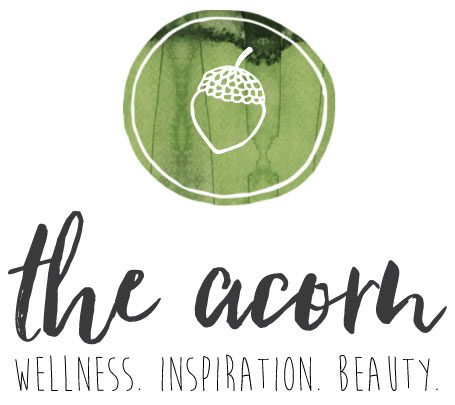It may come as no surprise that labeling, and particularly food labeling, is rife with hidden meaning, sleight of hand, and outright untruths. The bad news is that the current state of affairs may be even worse than you think. Food companies have a vested interest in keeping you confused, and this has given rise to aisle after aisle of sneaky claims. The current advertising motto could be: ‘don’t let the truth get in the way’.
Here’s the GOOD NEWS: there IS something you can do about it. Read on for three solid strategies for becoming a savvy consumer. To navigate this wild west of disinformation, you just need to be armed with a little knowledge. It IS possible to change a broken system, one purchase at a time.
1. Inform Yourself About Common Marketing Fibs
This list is by no means complete, but it does offer some of the most common examples of what I like to call 'Dressing Up The Truth'.
‘Grain Fed’ Chickens eat… you guessed it, grains
‘Light’ Likely high in artificial sweeteners
'All Natural’ Means absolutely nothing. This could describe a Big Mac or a pint of strawberries
‘Cage Free’ Chickens used for meat are no longer raised in cages, but in massive industrial complexes
‘Free Range’ Animals have access to an opening, but the size of the opening, the size of the outside enclosure, and the length of time the door is open are not defined. In reality, most free range animals never see the light of day
‘Hormone Free’ All chickens and pork in North America are hormone free
‘Farm Fresh’ Completely open to interpretation
'Healthy' A grey zone with zero accepted standard of what this means
‘Artisanal’ No legal definition
'Real Ingredients' As meaningless as 'All Natural'
'Fat Free’ Likely high in sugar, which your body then converts to fat. For example, almost all candy is fat free
‘Heart Healthy’ Low in saturated fat and cholesterol, but often highly processed and full of added sugar (which are implicated in heart disease)
2. Eat Whole Foods
It’s normal to feel overwhelmed by the scope of keeping on top of the constantly shifting sands of what companies can and cannot claim. Keep life simple and remember that organic and/ or whole foods remain your best bet. For these options, stick to the outer edges of your grocery store, visit a local market, or better yet, get to know a farmer.
3. Disregard the Front of the Box
Skip the splashy marketing claims on the front and go straight to the nutrition information on the back. Companies are legally required to give you the straight goods here. The ingredients list what’s inside (if sugar, salt, or fat are in the first three ingredients, consider putting it back!). The table below is a great guide to deciphering nutritional breakdowns and can be saved to your phone.
Finally, the golden rule is this: if a food has zero marketing, it’s more likely to be good for you, the farmer who provided it, and the animal from whence it came! Happy shopping!!



